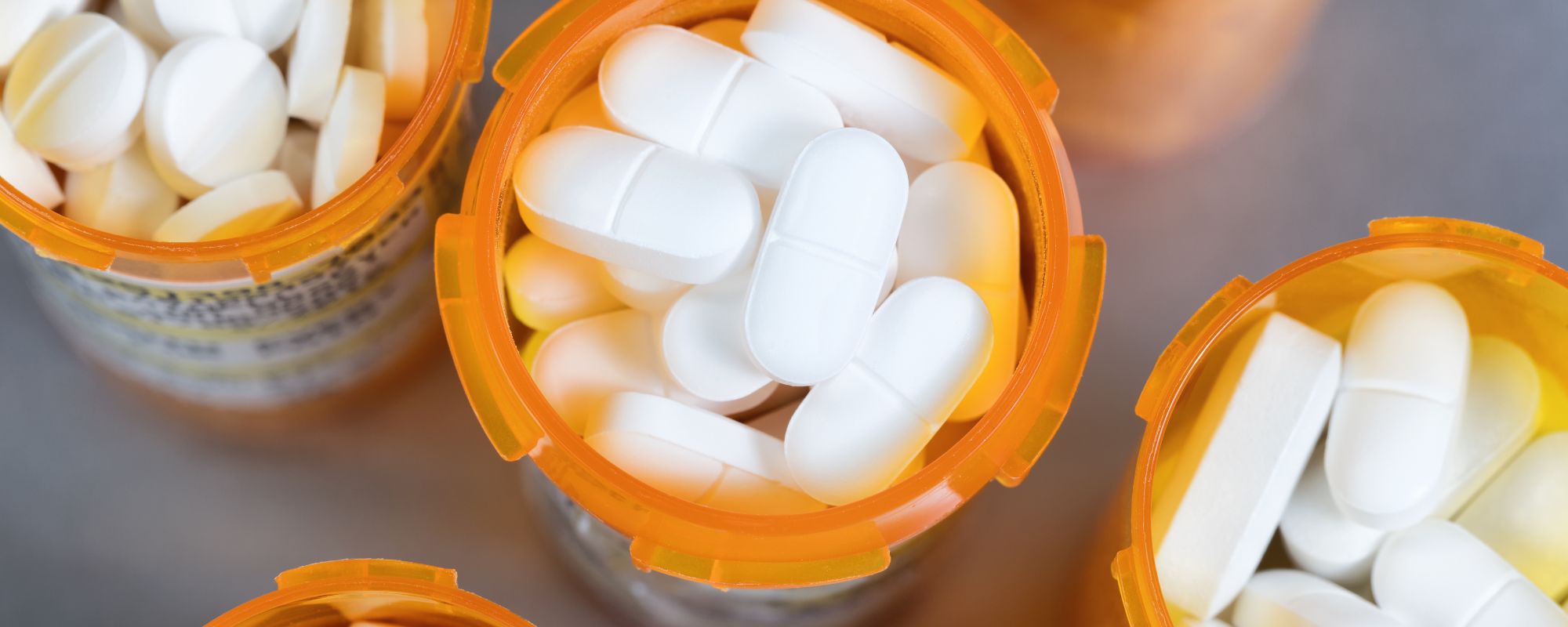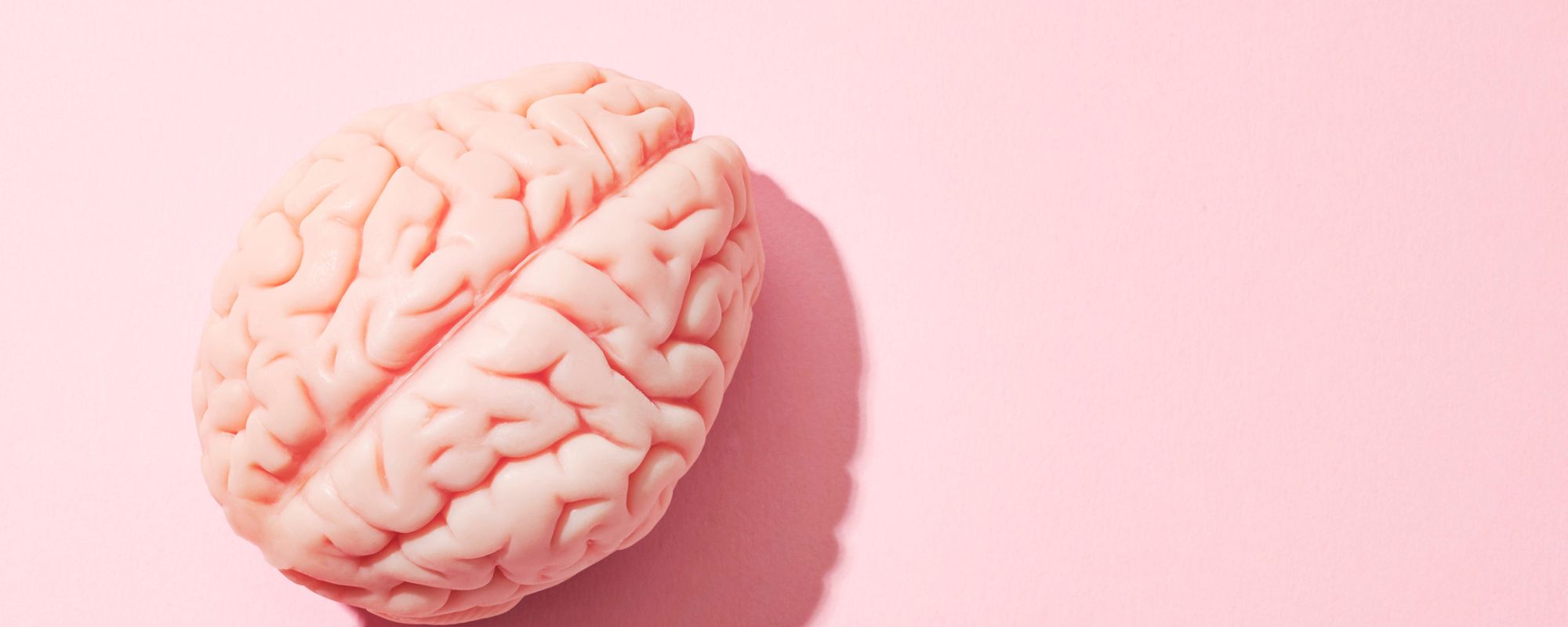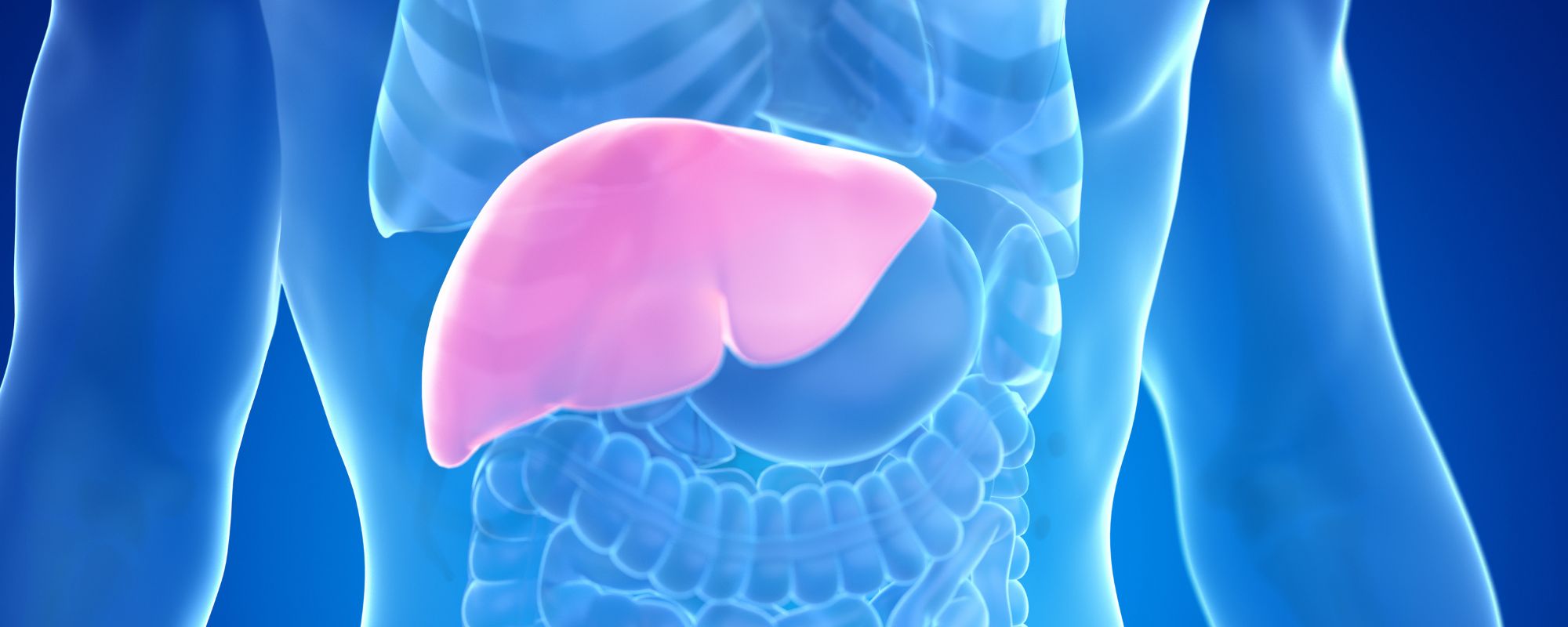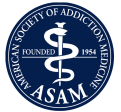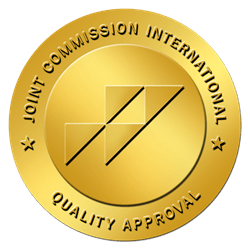Ecstasy, also known as MDMA, is a notorious party drug that gained popularity for its ability to produce a strong euphoric and pleasurable high. However, what many people do not realize is that the pros of this drug are heavily outweighed by its cons.
Anyone who has experimented with ecstasy can attest to the serious comedown that follows this drug’s high. Of course, this is just one of ecstasy’s many drawbacks. If you are considering using ecstasy or are already familiar with its euphoric properties, it is important to understand the potential dangers you may face when taking MDMA.
What Is Ecstasy?
If you are wondering what type of drug is ecstasy, the answer is a stimulant and a hallucinogen. 3,4-methylenedioxymethamphetamine (MDMA), also known as Ecstasy, Molly, or X, is a synthetic (man-made) drug. Originally developed in 1912 by a German pharmaceutical company, the psychoactive drug was initially created as a diet pill.
After gaining popularity in the 1980s, ecstasy is known as a party drug found in clubs, bars, music festivals, and house parties. It has become one of the most popular drugs among teens and young adults due to its hallucinogenic properties.
Street MDMA is known by several different ecstasy drug names, including:
- E
- XTC
- X
- Molly
- Eve
- Adam
- A
- Hug Drug
- Lover’s Speed
- Beans
- Clarity
- Disco Biscuit
- Roll
- Go
- Peace
- STP
Capable of producing intense euphoria and hallucinations, ecstasy is often referred to as a designer drug, or a drug used specifically to get high. The drug is renowned throughout the party scene due to its ability to produce an intense, long-lasting state of euphoria or “high” with heightened positive emotions and energy.
MDMA is most commonly sold in tablet form that is taken orally. These tablets can be found in a variety of different colors and shapes that are usually imprinted with a logo, such as a smiley face, clover, or other symbols.
Of course, this drug’s infamy stems from more than just its pleasurable side effects. The Drug Enforcement Administration classifies MDMA as a Schedule I controlled substance due to its high risk for abuse and lack of accepted medical uses.
Is MDMA Dangerous?
If you are wondering “Is MDMA dangerous”, the simple answer is yes. The main reason ecstasy poses dangerous health risks is because the drug is different from one batch to the next. There is no way to tell what is in a given dose, so it can be hard to gauge how strong the effects will be. In fact, many people have experienced adverse reactions from taking MDMA even when they thought they were taking pure ecstasy.
Research shows that ecstasy sold on the street, also known as Molly, is often laced with other addictive drugs such as:
- Methamphetamine
- Ephedrine
- Caffeine
- Cocaine
- Dextromethorphan (DMX)
- Phencyclidine (PCP)
- Ketamine
- Heroin
For this reason, people withdrawing from MDMA are not only dealing with the physical and psychological side effects of the drug but also potential withdrawal from other substances in their system.
Despite its widespread use throughout nightclubs and rave scenes, the unpredictability of MDMA can cause significant harm to the mind and body. Even in its pure form, MDMA can cause dehydration due to its diuretic effects. As a result, those who use ecstasy often experience a significant increase in heart rate and body temperature. This can be dangerous, as it can result in potentially fatal heat stroke or heart attack. MDMA can also cause long-term damage to serotonin receptors in the brain which could lead to depression or other mental health issues.
Is Ecstasy Addictive?
While there is no definitive answer as to whether or not MDMA is addictive, there is research suggesting that this drug’s ability to affect the same neurotransmitters that other addictive substances trigger in the brain can make ecstasy habit-forming.
Experiments exposing animals to MDMA have shown that they will self-administer this drug when given access to it, which is a solid indicator that ecstasy has addictive properties.
The risk for addiction to MDMA can increase when it is used in high doses, mixed with other substances, or used repeatedly over a long period of time. Of course, it is important to remember that there is no safe amount or method of using ecstasy.
What Are the Symptoms of Ecstasy?
If you are wondering, “How does ecstasy make you feel?” It is important to keep in mind that this drug can affect everyone who uses it differently. Factors such as where you got the ecstasy from, how much you are using, and your own physiology can all play a role in what side effects you will experience.
In addition to the euphoria and heightened senses, MDMA can cause a handful of other unpleasant symptoms, including:
- Confusion
- Anxiety
- Insomnia
- Paranoia
- Blurred vision
- Involuntary movements
MDMA can also increase heart rate and blood pressure, as well as increase a person’s risk of dehydration, hyperthermia, and heart or kidney failure. This risk is particularly high when MDMA is taken in hot environments, such as a rave or party where people are in close proximity to others in a confined space.
How Long Does MDMA Last?
When it comes to the question of how long does ecstasy last, there is no simple answer to this question. The duration of MDMA’s effects can vary based on each person. Generally, though, most people will begin to experience side effects within a few minutes after taking MDMA and can continue to experience them for up to 4 to 6 hours after.
Because of how this drug can affect the body, it is important to stay hydrated and take time to cool off while experiencing the effects of MDMA. Getting overheated or worked up can increase the risk of experiencing serious complications, including potentially life-threatening side effects.
What Is Coming Down from Ecstasy Like?
As your MDMA high begins to wear off, it is likely that you will experience a comedown, which is a period of time after taking the drug where you experience negative physical and psychological symptoms.
The severity of this comedown can vary depending on the amount of ecstasy taken, the frequency of use, and your overall health and well-being. Some common symptoms of an ecstasy comedown include:
- Fatigue
- Depression
- Anxiety
- Irritability
- Difficulty concentrating
- Sleep problems
- Loss of appetite
- Headaches
- Muscle aches
- Chills
- Sweating
- Nausea and vomiting
In more severe cases, the comedown period of ecstasy can also lead to more serious problems, such as psychosis, suicidal thoughts, and seizures. For some people, these effects can last for several days but will usually peak within 24 hours after taking the drug.
How To Stay Safe While Coming Down From Ecstasy
If you or a loved one is struggling with an addiction to MDMA, it is important to seek treatment as soon as possible. Addiction is a serious disease, but with the right support and resources, recovery is possible.
While coming down from ecstasy can be a difficult experience, Royal Life Centers offers comprehensive treatment programs for drug abuse. Our services aim to make your transition into a life of sobriety as smooth as possible. Through research-backed treatment, our compassionate team will help you manage the physical and psychological symptoms that arise during ecstasy withdrawal.
When receiving treatment at one of our rehab facilities, you will have access to a full continuum of care as well as a wide variety of recovery services, including:
- Medical detox
- Residential treatment
- Partial hospitalization
- Intensive outpatient treatment
- Outpatient care
- Sober living residences
During outpatient treatment in Lacey, Washington, our team of experienced treatment professionals will help you build an individualized treatment plan that meets your unique needs. Our 12-week aftercare program at Sound Recovery provides a safe and comfortable environment where you can heal from the effects of ecstasy. While transitioning through PHP, IOP, and OP, you gain access to evidence-based treatments to help you heal from substance abuse.
Some of our aftercare services include:
- Licensed and certified clinicians
- Dual diagnosis treatment for co-occurring disorders
- Individual counseling
- Group therapy
- Holistic and wellness services
- Addiction education workshops
- Integrated case management
- Relapse prevention planning
- Recovery support meetings
- Transportation to recieve MAT services
- Sober living residences
With a full continuum of care, our treatment programs aim to provide comprehensive treatment that focuses on holistic healing and growth. Our team understands that each guest enters treatment with their own unique set of circumstances, which is why we offer a variety of services to meet your personal needs, preferences, and goals for recovery.
MDMA Addiction Treatment at Royal Life Centers
At Royal Life Centers, we take a comprehensive approach to treating substance abuse, working with each of our clients to build their own individualized treatment plan capable of addressing their personal care needs. Our team of physicians, counselors, and support staff work together to provide our guests with the resources they need to overcome MDMA addiction and build a happier, healthier future.
When treating MDMA addiction, our treatment programs incorporate a combination of medication, education, therapy, and peer support. While in detox, comfort medications can help to manage any withdrawal symptoms, while psychoeducation, therapy, and support groups can help you learn how to cope with your addiction and prevent relapse.
If you are ready to start your recovery from ecstasy addiction, our team of addiction treatment professionals is here to help. To learn more about our treatment programs, reach out to us today by calling 877-RECOVERY! Our admissions team is available 24/7 to answer any questions or concerns that you may have.




